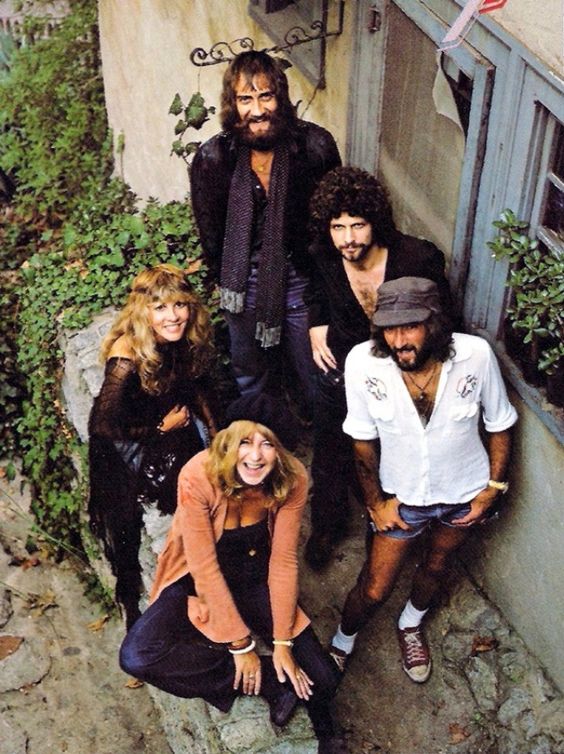A breakup record that became a battle cry—Fleetwood Mac’s “Go Your Own Way” still hits like a truth spoken out loud. Born from lovers and bandmates tearing themselves apart, the song turned private pain into a public anthem.
The story comes from the chaos behind Rumours, an album shaped by failed relationships and sleepless tension. In that pressure cooker, Lindsey Buckingham wrote a song that captures both the sting of loss and the stubborn refusal to be broken by it. The opening guitar riff is stark and insistent; Buckingham’s delivery is raw, a voice that sounds near tears and near anger at once. Listeners hear longing and a hard-edged choice: to stay or to leave.
Penned as an answer to a relationship’s end, the lyrics lay the circumstance bare. Buckingham’s lines do not hide hurt; they name it. The song’s language—plain, bitter, oddly consoling—made it easy for millions to see themselves in the story.
If I could, maybe I’d give you my world / How can I when you won’t take it from me?
That couplet, written by Lindsey Buckingham, occupies the space between apology and accusation. It is a confession that also points a finger—short sentences that carry decades of emotion. The chorus lifts the mood but not the meaning: freedom and loneliness are entwined, a liberated voice that still aches.
You can go your own way / Go your own way / You can call it another lonely day.
Those lines, too, come from Buckingham. They became a refrain that people hummed in cars, at kitchen tables and in living rooms. The song’s blunt honesty—no florid metaphors, no hiding—helped make it timeless. Stevie Nicks’s harmonies float like a ghost alongside Buckingham’s lead, softening the edges and adding a hollow ache that deepens the song’s emotional reach.
Musically, the track is simple and precise. A stark, jangling guitar cuts through the verse; the band tightens into something urgent for the chorus. The arrangement mirrors the lyrics: small, personal moments explode into a communal cry. For listeners who lived through those years, the sound is at once immediate and familiar; for younger audiences, it is a window into a rawer way of making pop-rock mean something.
“Go Your Own Way” did more than top charts; it threaded into the culture. It turned up in films and on television, used to mark endings, departures and sudden clarity. Older listeners often remember it not as background music but as a soundtrack to marriage breakdowns, new starts and hard decisions. That shared memory has kept the song alive across generations.
Behind the scenes, making the record was messy. Rumours itself was the product of broken couples still expected to play together every day. Recording sessions were tense, sometimes hostile, and that friction seeped into the performances. Rather than smoothing the rough edges, the band let them show—and the result was music that sounded more human, more immediate.
Facts remain clear: a guitarist’s riff, a singer’s confession, a duet of voices that never quite reconcile. The song’s shorthand—leave, survive, keep going—speaks plainly to adults who have weathered breaks and new beginnings. It is easy to sing along and hard to forget, a private wound turned public consolation that continues to resonate with anyone who has had to—
